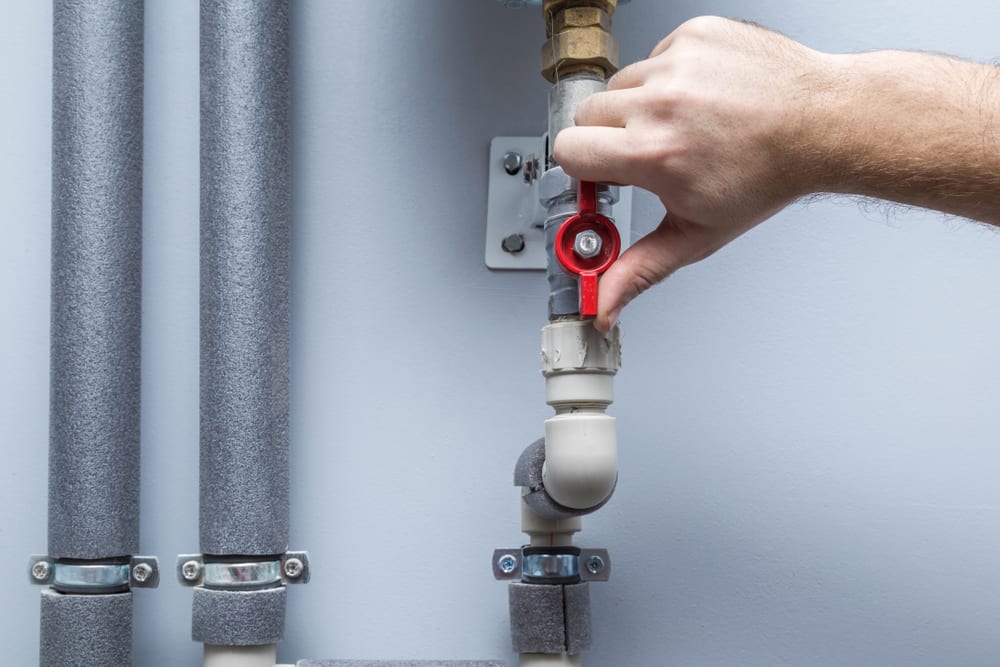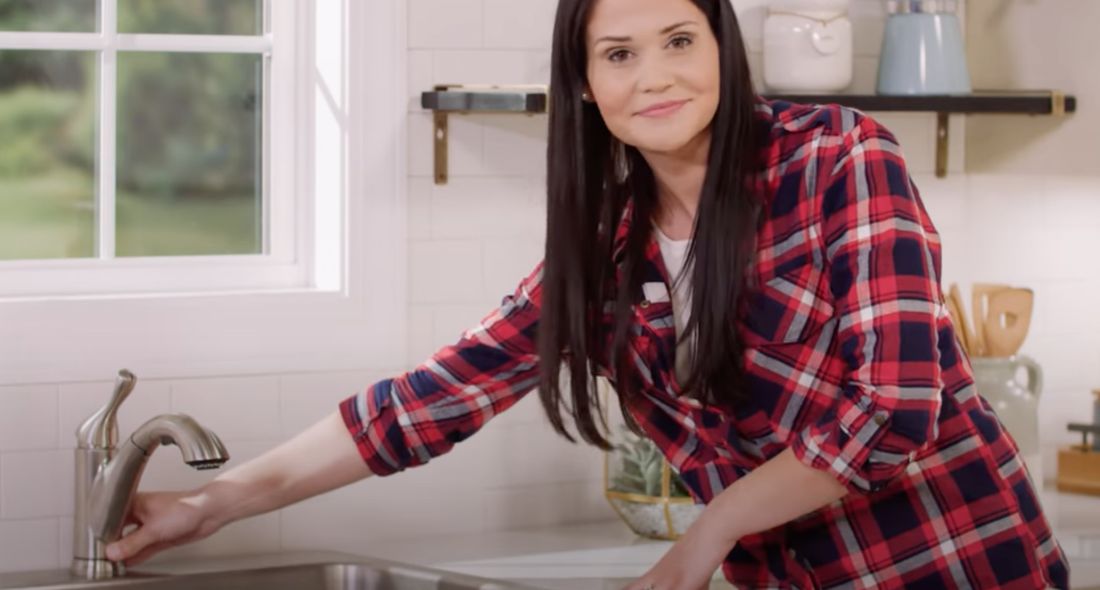The Causes Behind Correcting a Leaking Faucet
The Causes Behind Correcting a Leaking Faucet
Blog Article
The author is making a number of good annotation on What Causes Leaky Faucets & How To Fix Them overall in this great article which follows.

Trickling taps may appear like a minor hassle, but their impact surpasses simply the aggravation of the noise. From wasting water to sustaining unneeded monetary costs and health threats, neglecting a leaking faucet can lead to numerous effects. In this post, we'll delve into why it's vital to resolve this common household concern immediately and efficiently.
Wastage of Water
Ecological Effect
Dripping taps contribute significantly to water waste. According to the Epa (EPA), a single faucet trickling at one drip per second can waste greater than 3,000 gallons of water per year. This not just strains water sources however also impacts communities and wildlife dependent on them.
Step-by-Step Overview to Fixing a Dripping Tap
Tools Needed
Before attempting to fix a leaking tap, gather the necessary tools, consisting of a flexible wrench, screwdrivers, replacement components (such as washers or cartridges), and plumber's tape.
Usual Faucet Issues and Their Solutions
Determine the type of faucet and the details problem creating the drip. Common issues consist of damaged washers, corroded shutoff seats, or faulty O-rings. Describe supplier directions or on-line tutorials for step-by-step support on fixings.
Financial Costs
Boosted Water Costs
Past the ecological impact, leaking taps can blow up water bills significantly. The gathered wastage in time equates right into greater energy expenditures, which can have been avoided with timely repair services.
Possible Residential Or Commercial Property Damage
Additionally, long term trickling can lead to damage to fixtures and surfaces surrounding the tap. Water accumulation can cause staining, rust, and also architectural concerns if left unattended, resulting in additional repair costs.
Health Issues
Mold and Mildew Development
The consistent existence of dampness from a leaking faucet develops an ideal setting for mold and mold development. These fungi not only jeopardize interior air quality but additionally pose health and wellness threats, specifically for people with respiratory conditions or allergies.
Waterborne Illness
Stationary water in trickling taps can come to be a breeding place for microorganisms and various other pathogens, enhancing the danger of waterborne illness. Pollutants such as Legionella bacteria flourish in stationary water, possibly bring about severe illnesses when ingested or inhaled.
DIY vs. Expert Fixing
Pros and Cons of DIY Repair
While some may try to deal with a trickling tap themselves, do it yourself repair services include their own set of obstacles. Without appropriate understanding and devices, do it yourself efforts can worsen the issue or bring about incomplete repair services, extending the trouble.
Advantages of Working With an Expert Plumber
Working with an expert plumber ensures that the underlying cause of the dripping tap is dealt with properly. Plumbing professionals possess the know-how and equipment to diagnose and fix tap problems efficiently, saving time and lessening the danger of additional damages.
Ecological Duty
Private Contribution to Conservation
Taking obligation for repairing leaking faucets straightens with wider efforts toward water preservation and ecological sustainability. Every individual's actions collectively make a substantial effect on maintaining precious resources.
Sustainable Living Practices
By focusing on punctual repair work and embracing water-saving behaviors, individuals contribute to sustainable living techniques that profit both existing and future generations.
Safety nets
Routine Upkeep Tips
To avoid leaking taps, carry out routine maintenance such as cleansing aerators, inspecting for leakages, and replacing worn-out components without delay. Additionally, take into consideration setting up water-saving tools or upgrading to much more effective fixtures.
Significance of Prompt Fixes
Resolving trickling faucets as soon as they're discovered stops additional water waste and prospective damage, eventually saving both water and money over time.
Impact on Building Value
Perception of Well-Maintained Building
Keeping a residential or commercial property in good condition, including addressing upkeep concerns like leaking faucets, enhances its regarded worth and charm among potential buyers or occupants.
Influence on Resale Value
Features with properly maintained plumbing components, including taps, command greater resale values in the property market. Resolving leaking faucets can add to a favorable impression throughout residential property inspections and arrangements.
Final thought
Dealing with a dripping faucet goes beyond mere benefit; it's an essential action towards conserving water, decreasing financial prices, and protecting health and home. Whether through do it yourself repair services or expert assistance, doing something about it to repair trickling taps is a small yet impactful way to advertise responsible stewardship of resources and contribute to a much healthier, much more lasting future.
How to Fix a Leaky Faucet: Step-by-Step Repair Guide
A leaky faucet may seem like a simple annoyance, but if it's not fixed promptly, that leak could cost hundreds to potentially thousands. From water damage to mold, mildew, and high water bills, even a tiny leak can be catastrophic if left unattended. Damage like this can even affect the overall value of your home, so it's important to take the right approach for leaky faucet repair. You may need the help of a plumber in some cases, but we've got a few tips you can try on how to fix a leaky faucet before calling the pros.
Four Faucet Types
When you're learning how to fix a leaky faucet, the first step is knowing what kind of faucet you're working with! There are four common types.
Cartridge Faucets
Cartridge faucets come in one- or two-handled varieties. In one-handled cartridge faucets, hot and cold water combines in a single cartridge. In the two-handled versions, hot and cold water are controlled separately and mixed in the faucet.
Ball Faucets
Ball faucets have a single lever you push up and down to adjust the pressure and rotate to change the temperature. A slotted metal ball controls the amount of water allowed into the spout.
Compression Washer Faucets
They're the oldest type of faucet, but they're still used in many homes — especially older ones. Compression faucets have two separate handles that, when turned, raise or lower the washer that seals a water valve. This valve stops water from flowing through the faucet when it is turned off.
Disc Faucets
Disc faucets rarely need to be repaired due to their maintenance-free design. The water flow is controlled by two discs — the upper one raises and lowers against a fixed lower disc, creating a watertight seal. If your disc faucet starts leaking, you may need to replace the seals or clean residue buildup from the inlets.
Fixing a Leaky Faucet
Step 1: Turn Off the Water
Whether you're learning how to fix a leaky bathtub faucet or how to fix a leaky kitchen faucet, always turn off the water supply to your working area when you're fixing a leak. The last thing you want is a flood added to your list of things to fix.
Look for the shutoff valves below your sink or around the tub and turn them clockwise to stop the water flow. If your faucet doesn't have shutoff valves, you may need to turn off the water for the whole house. Check to make sure it's off by turning the faucet on. If nothing comes out, you're ready to start the repair.
Step 2: Take Apart the Faucet
How you disassemble your faucet depends on the type of fixture you have. You can use a flathead screwdriver to remove the caps on top of the handle or handles for cartridge and compression faucets. Inside, you should see handle screws. Unscrew these with a screwdriver to remove the handle.
Disc- and ball-style faucets will typically have an inlet screw near the handle, and removing that will reveal the interior of the faucet.
Detach the Valve Stem
For cartridge- and compression-style faucets, you'll see the inner valve stem or cartridge once you remove the faucet handles. If you have a compression faucet, unscrew the brass valve stem. If you have a cartridge faucet, pull out the cartridge. If your cartridge has been in place for a while, it may require some tools or extra force to remove it due to mineral deposits.
Examine and Replace Parts
Once you've removed the parts, check them out to confirm what needs to be replaced. You may see corroded rubber washers, O-rings, stems, or cartridges. On a ball-style faucet, check the seats and springs for damage.
If you need to repair a leaky disc faucet, check the inlet and seals on the lower disc.
Once you determine what parts must be replaced, visit your local hardware store. Bring the damaged parts with you to ensure you can purchase the correct components to replace them.
Clean Valves and Faucet Cavity
If you've removed a stem or cartridge, you may notice mineral buildup in the faucet's threads. Use white vinegar to clean the valve seat by soaking it for a few minutes, then scrub it away with a soft toothbrush and rinse with warm water. You can also clean the interior of the faucet in the same way.
Reassemble the Faucet
Once your faucet is cleaned and the required parts have been replaced, it's time to reassemble it. Put the pieces back together and slowly turn the water supply back on. Doing this slowly is crucial because too much initial water pressure can damage the new hardware you've just installed.
https://homewarranty.firstam.com/blog/how-to-fix-leaky-faucet

Do you enjoy reading up on What Causes Leaky Faucets & How To Fix Them? Create feedback further down. We will be delighted to find out your opinions about this blog post. We hope that you come back again later on. Do you know about someone else who is in to the topic? Why not promote it. I am grateful for your time. Come back soon.
Report this page